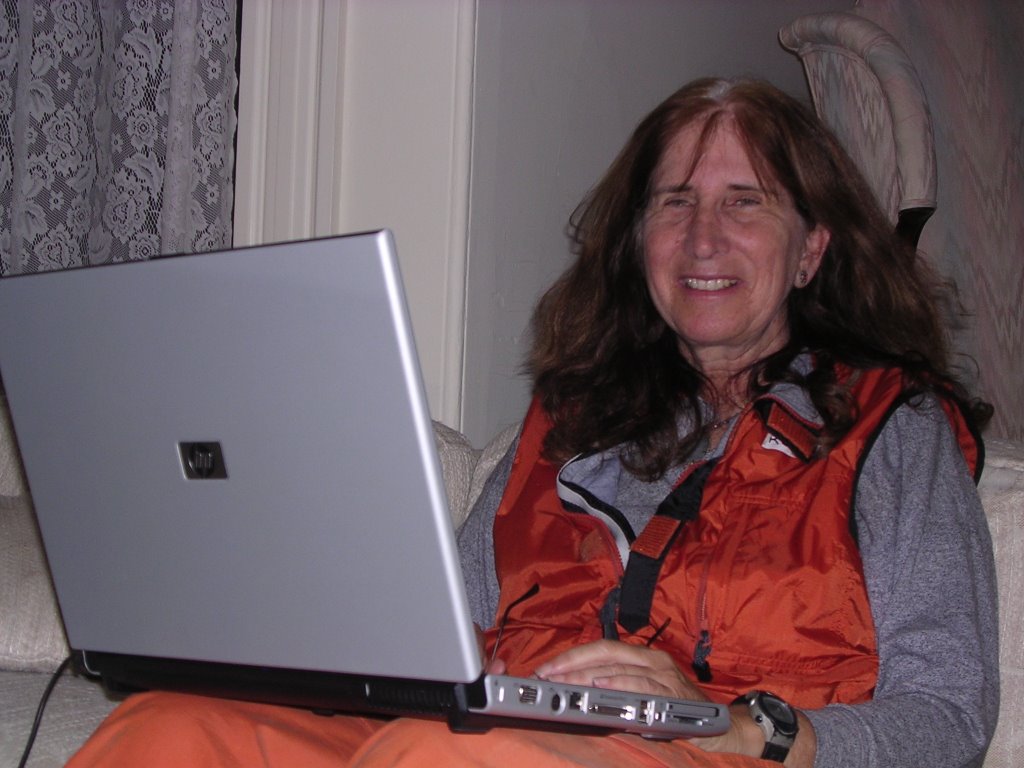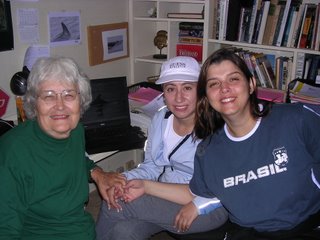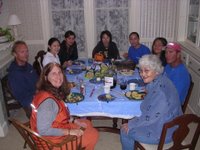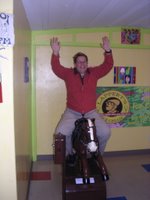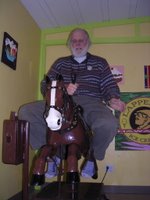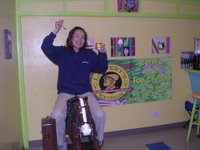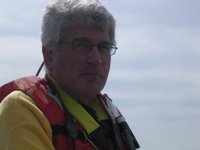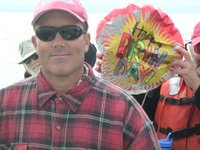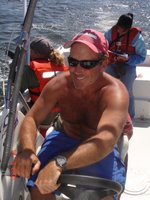Last Sunday 3rd December, the HSBC Cares for the Environment Fund (HCEF) - Malta, organised
 a tree planting activity for HSBC staff and their families at a place called Xrobb l-Ghagin in Marsaxlokk. (The Xrobb l-Ghagin project site is a major project in the south of Malta and will be used for afforestation, educational and recreational purposes. The HCEF is the main contributor of the afforestation part of the project and is contributing over three years to plant a total of 15,000 trees.)
a tree planting activity for HSBC staff and their families at a place called Xrobb l-Ghagin in Marsaxlokk. (The Xrobb l-Ghagin project site is a major project in the south of Malta and will be used for afforestation, educational and recreational purposes. The HCEF is the main contributor of the afforestation part of the project and is contributing over three years to plant a total of 15,000 trees.) Also there was an ecological guided walk of the park and during the rest of the day animators entertained us with games.
Attached please some photos of this activity with my wife and kids. Also in the photo is Eugene from Team 6.
Also as part of our local environmental project, Celine, Eugene and myself and possibly other staff members will be collaborating with an organisation called BICREF (Biological Conservation Research Foundation) led by Dr. Adriana Vella Ph.D. who is a senior lecturer at the University of Malta and a conservation biologist. Their work is mainly based on dolphins around the Maltese islands and they been doing this research since 1996. Please take a look at their site http://sites.keyworld.net/bicref
Merry Xmas and a Happy New Year to all.
